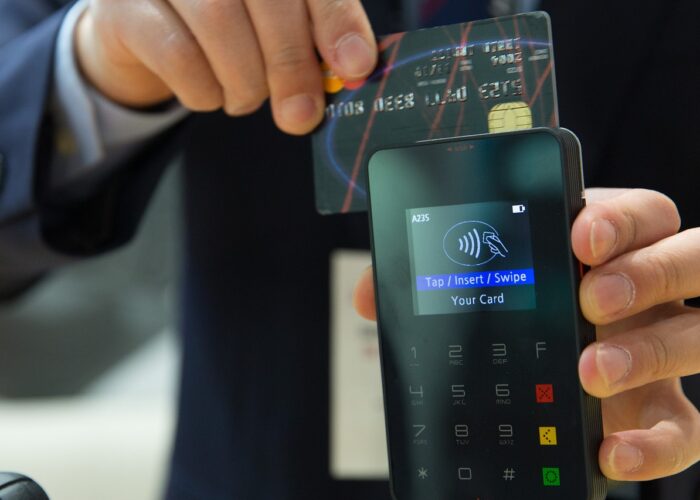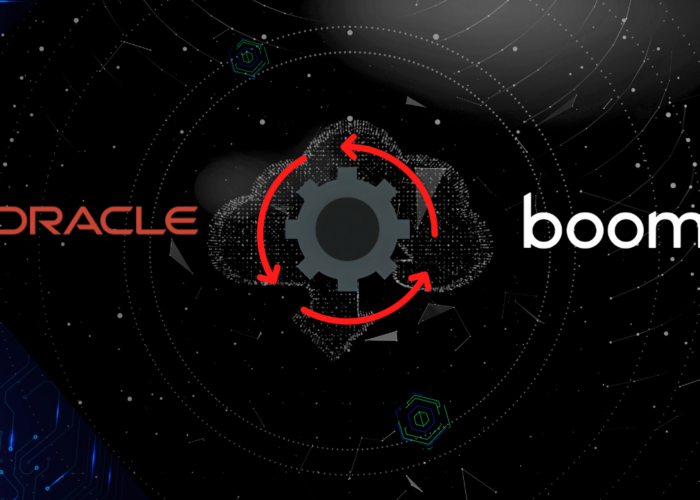In an era where technology’s embrace reaches every facet of our existence, the banking industry stands as no exception. As the digital economy continues to burgeon, its transformative fingers have woven a new narrative for the role of banks and their delivery of value to customers. Amidst this dynamic landscape, we find ourselves at the precipice of change, where the contours of traditional banking are being redrawn by the forces of innovation. Embark with us on a journey through the contours of this evolution, as we unveil the pivotal digital banking trends poised to not just shape, but sculpt the future of financial services.
Digital Banking Trends
Here are 7 trends shaping the evolution of digital banking in 2024 and beyond:
Banking as a Service (BaaS)
Banking as a Service (BaaS) is a groundbreaking concept that is reshaping the traditional landscape of financial services. At its core, BaaS involves the collaboration between banks and non-banking entities, facilitating the integration of financial products and services into third-party applications through the use of APIs (Application Programming Interfaces). This innovative approach to banking holds the potential to drive unprecedented value creation and transform the way financial services are accessed and utilised.
Banks can add value and expand their ecosystem through providing specialised processes as services such as: Fraud Detection, Payments, Core Systems, Trust (Know Your Customer) and Regulatory.
Embracing Banking as a Service could prove to be a pivotal strategy for banks looking to stay competitive, deliver value-added services, and remain at the forefront of the digital banking revolution.
Automation and Robotic Process Automation (RPA)
Automation, in its essence, involves using technology to execute tasks and processes without human intervention. Its application within the banking sector ranges from streamlining document processing to facilitating seamless customer interactions. By automating routine tasks, banks can optimise resource allocation and reduce the margin for error, resulting in heightened operational efficiency.
RPA takes automation a step further by introducing software robots, or “bots,” that emulate human actions within digital systems. These bots are programmed to perform rule-based tasks across various applications, enabling banks to accomplish intricate processes swiftly and accurately.
The integration of automation and RPA goes beyond internal operations, it also profoundly impacts customer experiences. Faster query resolution, expedited loan processing, and real-time assistance are just a few examples of how customers benefit from the increased efficiency brought about by these technologies.
No-Code and Low-Code Development Platforms
In the dynamic landscape of the banking sector, the convergence of technology and financial services is driving an era of rapid evolution. No-code and low-code development platforms have emerged as transformative tools, unleashing innovation by facilitating the creation of applications without the need for extensive coding knowledge. These platforms offer a paradigm shift in banking operations, redefining how solutions are conceived and deployed.
Consider the possibilities: a bank’s marketing team harnessing a no-code platform to design a customer engagement app, tailoring promotions based on transaction history. Simultaneously, the loan department leverages a low-code platform to streamline application processing, integrating seamlessly with existing databases for efficient customer data retrieval. The result is a swift response to customer needs and market dynamics, fostering customer satisfaction and operational efficiency.
This transformative power arrives at a crucial juncture for the banking industry. As expectations evolve and competition intensifies, the need for agility is paramount. No-code and low-code platforms offer the means to navigate this digital odyssey effectively. By expediting digital product development and reducing financial burdens, these platforms enable banks to introduce innovative solutions that resonate with customers. Moreover, the integration potential extends beyond internal efforts, as third-party solutions seamlessly assimilate into the digital ecosystem, fortifying the industry’s capacity to adapt, innovate, and thrive in the digital era.
Central Bank Digital Currencies (CBDC)
The rise of digital payments has led to a steady decline of the use of physical currencies such as banknotes. This is magnified due to the increase of digital devices, platforms & eco systems as well as a digital native population. Quite a few countries are in the pilot or development phase of CBDC’s while others are at a research phase (elibrary.imf.org, 2022). In regions such as Sub- Saharan Africa the widespread use of M-PESA could be a catalyst for the adoption of CBDC’s.
Banking Gamification
Gamification is the practice of presenting regular tasks in an enjoyable manner. This approach has widespread application within the banking domain. Especially in retail banking use cases such as personal wealth management, digital banking experiences etc. Furthermore, with the growing trend for banks to nudge its clients away from physical branches and on to digital platforms, gamification could be the ideal tool to encourage this behaviour.
Enhancing Trust
Unlike the aforementioned trends, this is not a singular digital solution. Rather the application of multiple solutions to bolster customer confidence through trust, which can be facilitated through digital initiatives. In an era of cyber security threats, data privacy concerns as well as falsified information. Enhancing trust could be a golden opportunity for banks to reinforce its position as a key pillar of modern society. This could be done through initiatives such as strengthening Customer Identity and Access Management (CIAM), tightening Security and Data Protection measures, and increasing Digital Transactions. Furthermore, banks could provide Trust as a Service through core processes such as Know Your Customer, Enhanced Due Diligence and Regulations as means to validate identities and transactions to entities outside the banking industry.
Open Banking
The concept of Open Banking has been around for a while, in which APIs are used to integrate banks with external parties by sharing financial data and services. Open Banking gained significant traction through the Payment Services Directive 1 (PSD 1) mandated within the European Union in 2007 and PSD 2 in 2016. However, what was unexpected was the significant impact the covid-19 pandemic would have in influencing the growth of online transitions. A trend that seems to be steadily increasing, and commonly referred to as the retail revolution. Banks have a great opportunity to capitalise on the retail revolution and be on the winning side of the transformation taking place within the banking industry.
Conclusions
As we conclude this exploration of the top digital banking trends shaping 2024 and beyond, one thing is clear: the financial landscape is undergoing an unprecedented transformation driven by technology. The intersection of innovation and banking has paved the way for an era of opportunity, growth, and evolution.
To thrive in this dynamic environment, banks must not merely adapt but lead the charge. Embracing these trends will not only keep you ahead of the curve but position you as a trailblazer in the digital banking revolution. Whether it’s redefining your customer experiences through gamification, harnessing the power of automation, or venturing into Central Bank Digital Currencies, the time to act is now.
At Chakray, we understand that navigating this ever-evolving landscape can be both exhilarating and challenging. Our expertise lies in guiding banks through these transformations, equipping them with the tools and strategies to flourish in the digital age.
Contact us today to embark on a journey that goes beyond banking!


Talk to our experts!
Contact our team and discover the cutting-edge technologies that will empower your business.
contact us





